Top 5 Gaming Laptops in 2025: Which One Is Worth Your Money?
Why Trust This List
Every pick below balances real-world gaming performance with practical factors: cooling, display quality, noise, portability, battery life, and after-sales support. We also include who each model is for, common trade-offs, and why it might (or might not) be worth your money.
Quick Picks (TL;DR)
- Best Overall: ASUS ROG Zephyrus G16
- Best Premium: Razer Blade 16
- Best for Value & Thermals: Lenovo Legion 7i
- Best for Customization: Alienware m16
- Best Mid-Range Deal: Acer Predator Helios 16
Specs and prices vary by region and configuration. Focus on the CPU/GPU tier, display type, and cooling rather than exact numbers.
1) ASUS ROG Zephyrus G16 — Best Overall
Why it’s great: The G16 nails the “do-everything” brief. It’s slim and light for a gaming machine, yet powerful enough to drive high-refresh 1440p gaming. The design is understated, battery life is better than most rivals, and the OLED/QHD+ display options make both games and content look fantastic.
Highlights
- Excellent performance per kilogram; great daily portability
- Gorgeous, color-accurate high-refresh display options (including OLED on some configs)
- Strong speakers and solid keyboard/trackpad for a gaming laptop
- Good battery endurance for web and light creative work
Considerations
- Premium pricing on higher-end GPU models
- Slim chassis = more audible fans in turbo modes
Best for: Gamers who also use their laptop for work/uni or creative tasks and want one machine for everything.
2) Razer Blade 16 — Best Premium
Why it’s great: If you want top-tier build quality, the Blade 16 remains the benchmark. The CNC-milled aluminum chassis, crisp keyboard, and color-accurate high-refresh panel options make this a luxury pick that also delivers excellent gaming performance.
Highlights
- Class-leading design and build
- Sharp, bright displays with great color; creator-friendly
- Clean software experience, minimal bloat
Considerations
- Among the most expensive options
- Slim metal body can run warm without a cooling pad
Best for: Gamers and creators who value premium design, color accuracy, and a clean software experience—and are willing to pay for it.
3) Lenovo Legion 7i — Best for Value & Thermals
Why it’s great: Legion laptops consistently punch above their price with strong cooling and smart power limits. The 7i balances frame rates, temperatures, and noise better than many competitors, so performance stays consistent over long sessions.
Highlights
- Excellent thermal design; stable sustained performance
- Comfortable full-size keyboard with great key travel
- Competitive pricing and frequent discounts
Considerations
- A bit heavier than slimline rivals
- Design is practical more than flashy
Best for: Gamers who play long sessions and want consistent performance without premium pricing.
4) Alienware m16 — Best for Customization
Why it’s great: Alienware’s m16 line offers a wide range of CPU/GPU options, RAM/storage upgrades, and display choices. The chassis is built for airflow, and the styling has that unmistakable Alienware vibe—perfect if you want performance with personality.
Highlights
- Broad configuration choices to match budget and needs
- Robust cooling with multiple performance modes
- Distinctive design with per-key RGB (on many configs)
Considerations
- Heavier, bulkier footprint
- Fans can get loud in full performance mode
Best for: Enthusiasts who want to tailor specs and don’t mind a bigger, bolder machine.
5) Acer Predator Helios 16 — Best Mid-Range Deal
Why it’s great: The Helios 16 frequently undercuts competitors while offering high-refresh 16:10 screens and punchy performance. It’s not the thinnest, but you get strong cooling, easy upgradeability, and excellent value.
Highlights
- Attractive price-to-performance ratio
- User-friendly upgrades (RAM/SSD on many models)
- High-refresh QHD-class panels common in mid-tier configs
Considerations
- Design and fit-and-finish are more utilitarian
- Speakers and webcam are fine, not standout
Best for: Budget-minded buyers who still want serious frame rates and a quality screen.
Buying Guide: How to Choose the Right Gaming Laptop in 2025
1) CPU & GPU tiers
Aim for the latest-gen CPUs and NVIDIA/AMD GPUs aligned with your resolution:
- 1080p High/Ultra: mid-tier GPUs are plenty for esports and many AAA titles.
- 1440p High/Ultra: step up to upper-mid or high-tier GPUs.
- 4K or High-Hz 1440p with Ray Tracing: top-tier GPUs recommended, plus upscaling (DLSS/FSR/XeSS).
2) Display quality
- Resolution & refresh: 1440p at 165–240 Hz hits a sweet spot.
- Panel type: OLED/QD-OLED looks stunning; high-end IPS is still great for brightness and uniformity.
- Color accuracy: If you edit photos/video, look for factory-calibrated or wide-gamut support.
3) Cooling & noise
Thin systems look sleek but may run louder. If you game for hours, prioritize bigger chassis with mature cooling (Legion, Alienware, Helios).
4) RAM & storage
- RAM: 16 GB is the baseline; 32 GB is ideal for AAA + multitasking/creation.
- Storage: 1 TB SSD minimum. Many games exceed 100 GB; dual-drive bays are a plus.
5) Battery life
No gaming laptop is a battery champ under load, but efficient CPUs and switchable graphics help for travel and class/work.
6) Ports & connectivity
Look for at least two USB-A, USB-C/Thunderbolt (where available), HDMI/DP, and a fast SD reader if you create content.
Which One Is Worth Your Money?
- On a balanced budget: ASUS ROG Zephyrus G16 gives you the best mix of performance, display, battery, and portability.
- If money is no object: Razer Blade 16 is the premium experience with top displays and build.
- For the best sustained performance per dollar: Lenovo Legion 7i runs cool and consistent.
- If you love to tweak and upgrade: Alienware m16 offers wider configs and a bold design.
- For mid-range value: Acer Predator Helios 16 delivers fast gaming without the luxury price tag.
Practical Tips to Save Money
- Buy mid-tier GPU + quality display: You’ll notice the screen every minute; you won’t miss the last 10% FPS.
- Wait for seasonal sales: Back-to-school, Black Friday, and new-gen launches bring deep discounts.
- Check thermals in reviews: Sustained performance matters more than short benchmarks.
FAQs
Q1: Is a 14-inch gaming laptop enough in 2025?
Yes for esports and portability. For AAA titles, 16 inches offers better cooling, acoustics, and immersion.
Q2: Do I need 32 GB of RAM?
16 GB works for most games, but 32 GB improves multitasking and future-proofing—worth it if you stream or edit video.
Q3: OLED vs IPS for gaming?
OLED has unmatched contrast and response times; IPS may be brighter and avoid the risk of image retention. Both are excellent at 1440p/165–240 Hz.
Q4: How important is MUX/switchable graphics?
Very. A MUX switch or Advanced Optimus can improve FPS by routing the GPU directly to the display when plugged in.

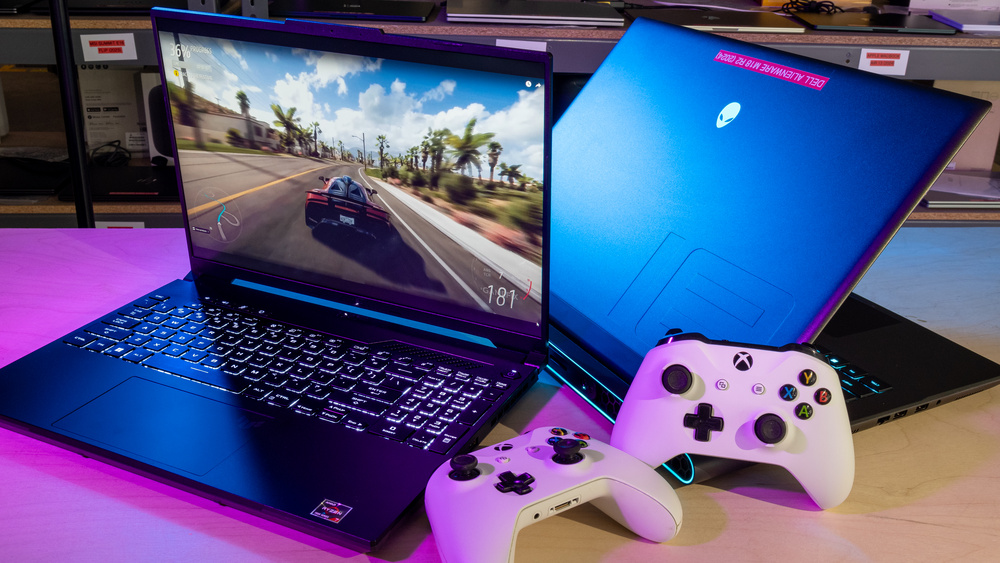
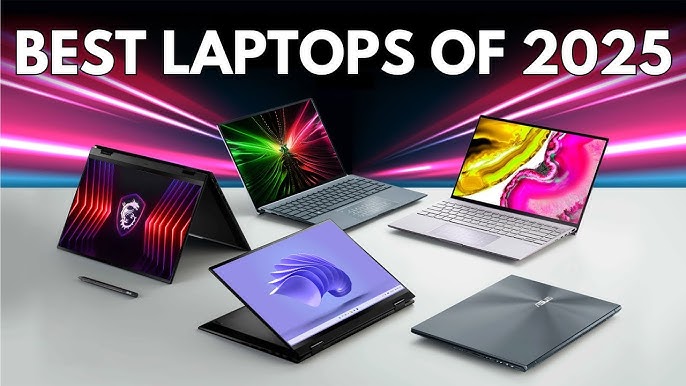
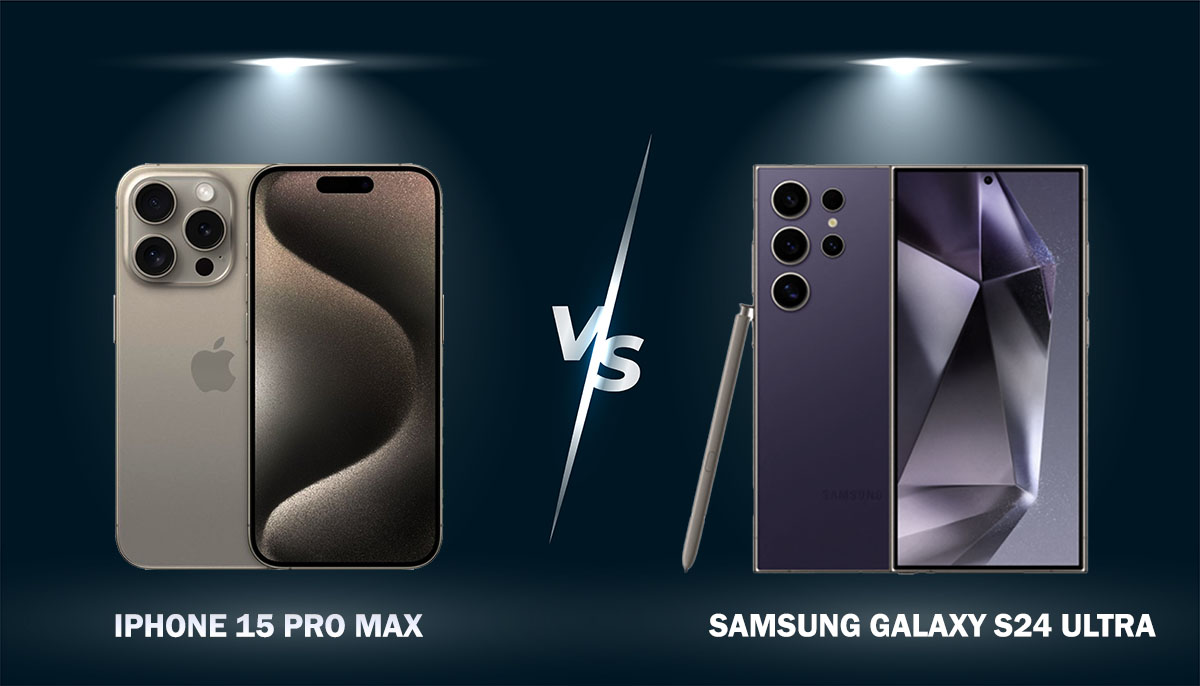
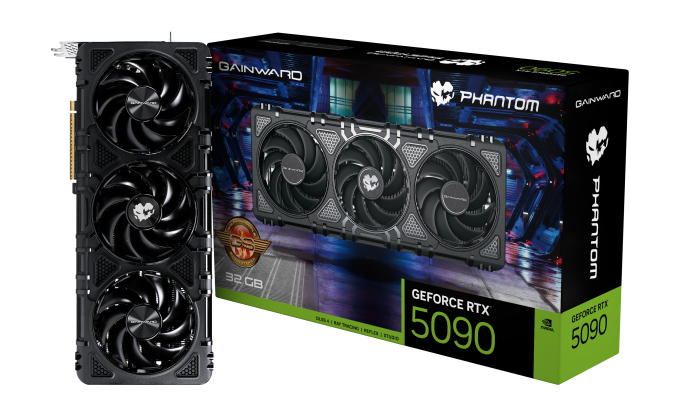
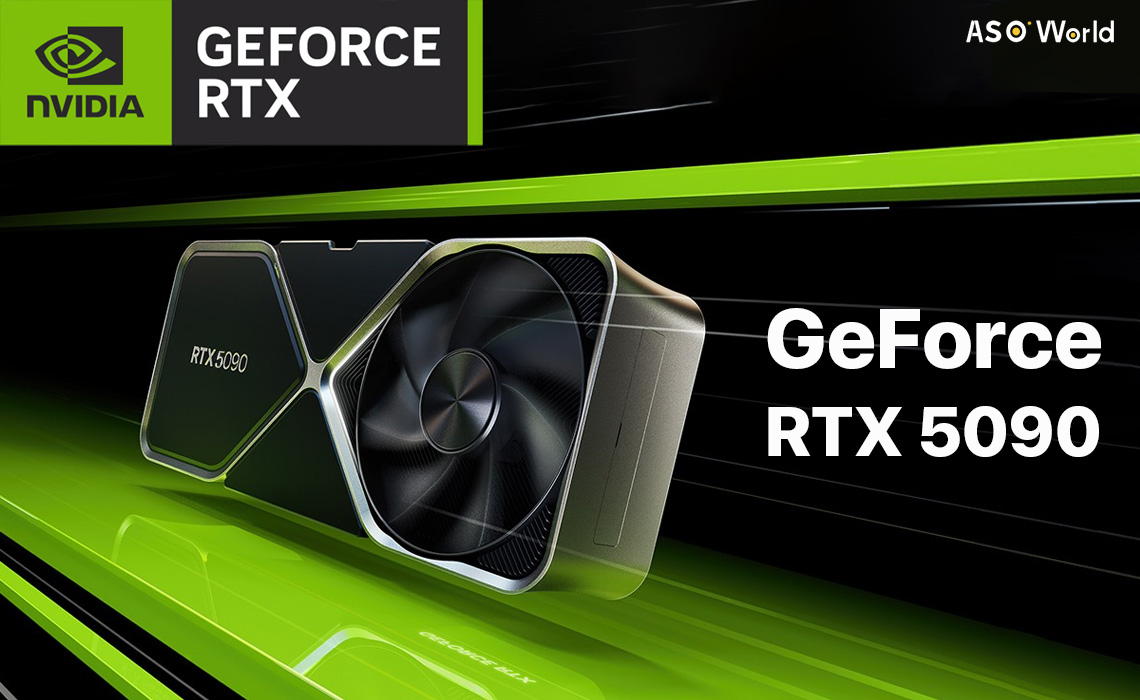
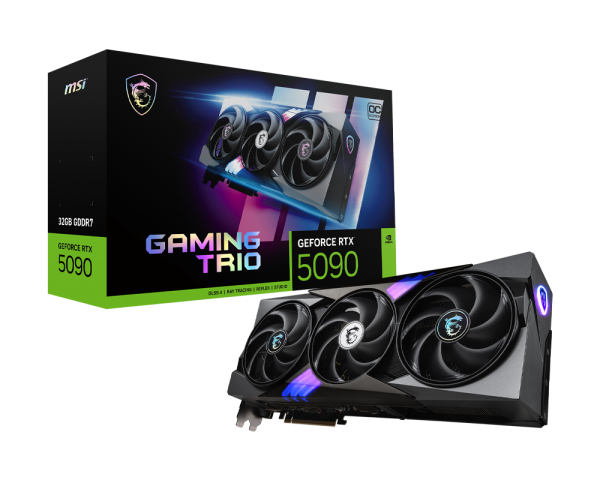
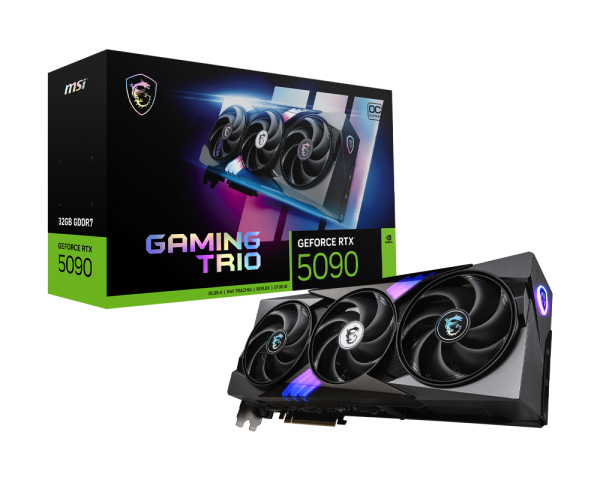

No comments yet. Be the first to comment!